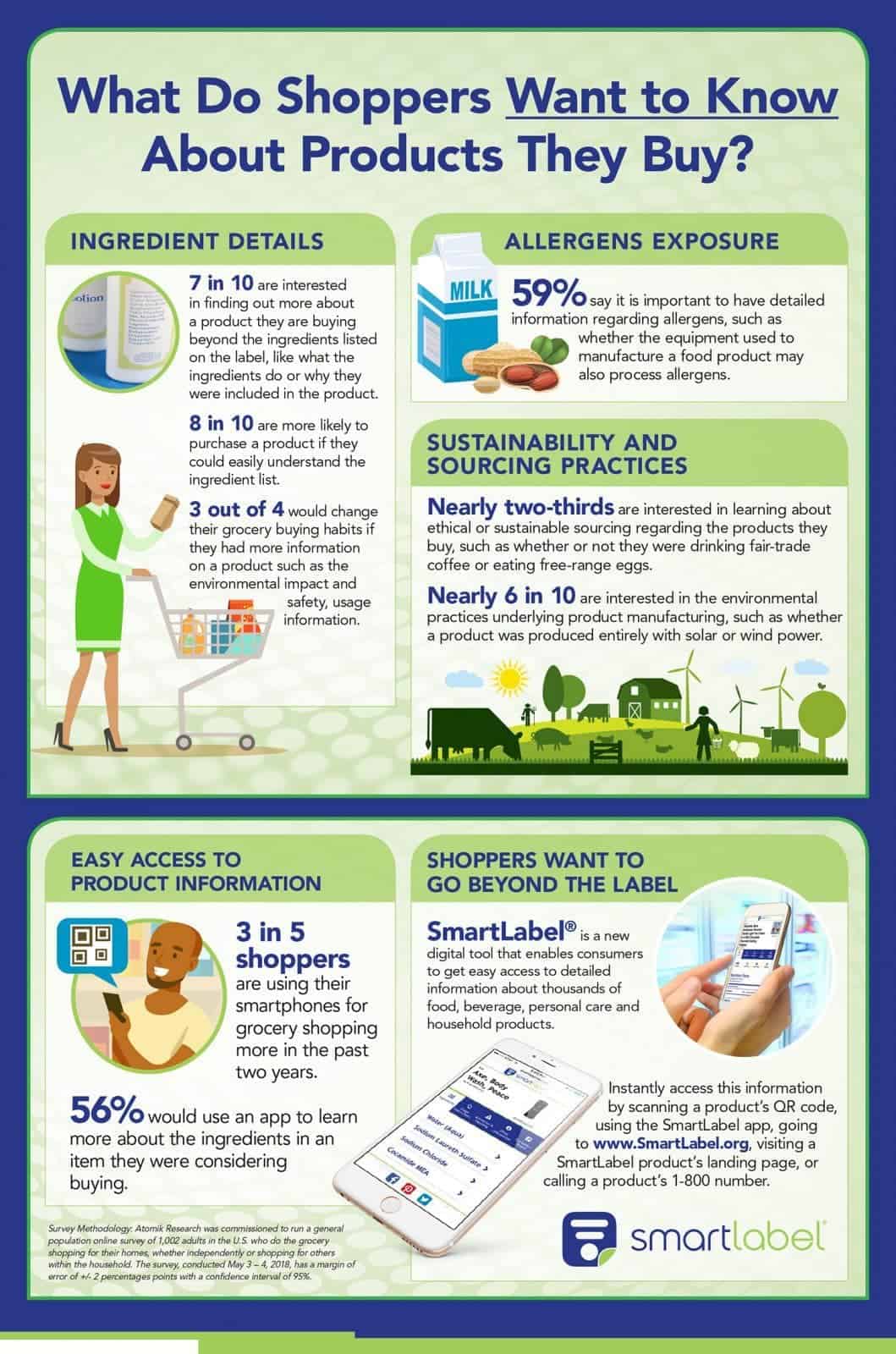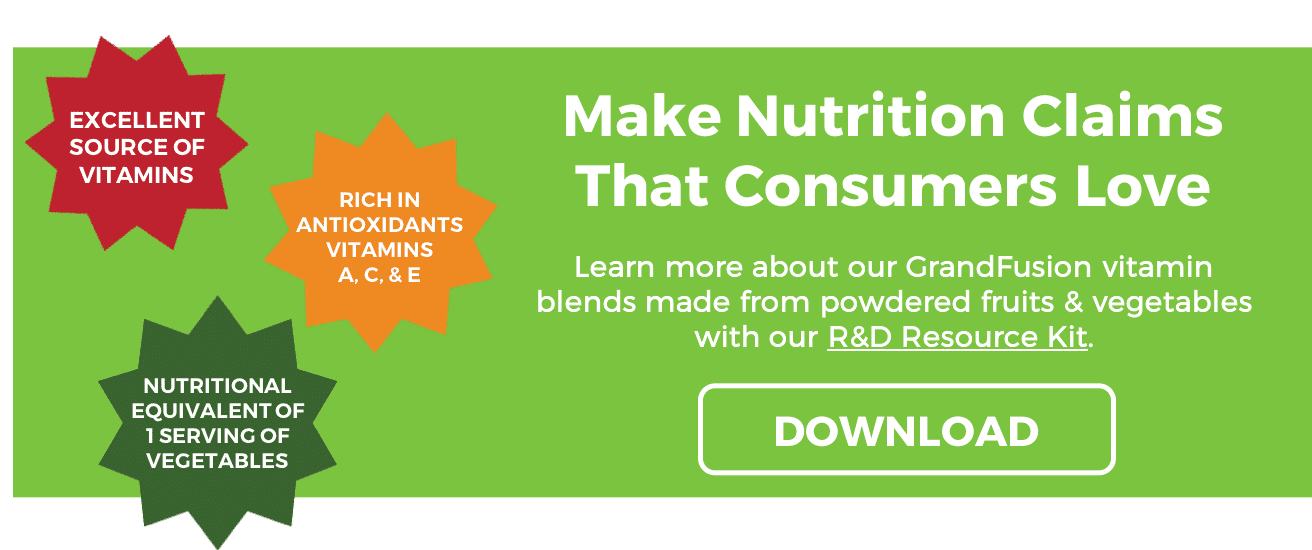New Survey: Shoppers Reported that Traditional Package Labels = NOT Enough Details
In a national study conducted, it showed that 70% of shoppers need to know more about the products they are buying off grocery shelves. They are no longer satisfied with the traditional package labels that come with the item they purchased. In fact, they want to know more beyond these labels.
As such, it has accentuated the usefulness of a new digital tool that makes it easy for shoppers to get access to detailed info on household, personal care, beverage, food and a host of other products sold at supermarkets. This tool is known as the SmartLabel®, and more than 28,000 products are already using the device.
 With SmartLabel, shoppers have access to a host of information about the product they’re buying with a touch of their fingertips. It contains far more information than the usual on-package label can ever hold. Information can include product ingredients, where it was sourced, what it does, and even why it was used in the product. Other relevant information can also be accessed via SmartLabel like the product’s environmental impact, animal treatment during the development process, how the product was produced, directions for use, and even a detailed description on allergens.
With SmartLabel, shoppers have access to a host of information about the product they’re buying with a touch of their fingertips. It contains far more information than the usual on-package label can ever hold. Information can include product ingredients, where it was sourced, what it does, and even why it was used in the product. Other relevant information can also be accessed via SmartLabel like the product’s environmental impact, animal treatment during the development process, how the product was produced, directions for use, and even a detailed description on allergens.
How to Use SmartLabel®
It is reasonably easy to use so long as you have a Smartphone. Access to this information is instantaneous. All you need to do is use the SmartLabel app to scan the QR code of the product, and like magic, all the information appears.
The Launch of Consumer Education Campaign on Evaluating Package Labels
Since product info for consumers is very accessible via the SmartLabel, in the next several months’ retailers and manufacturers are commencing a campaign to educate consumers. They are hoping to increase people’s awareness about this source of true information on the products they are buying and how to use it.
In early 2017, product participation in SmartLabel was at 4,000 items, and by 2018 it has grown seven-fold. Each week, more and more products are joining SmartLabel—increasing the support for the consumer education program.
In essence, it is believed that retailers are viewed by consumers as the trusted source for information on the products that they sell. This digital disclosure enables the retailer to connect the consumer more closely to the foods and products they buy. Therefore, the education campaign not only raises awareness that there is an app that buyers can turn to for detailed information on products they buy, but it is also a way for buyers to feel more connected to the items they support or use.
According to one user of SmartLabel, Natalia Johnson, the thing she loves most about this digital tool is the ease of use and the convenience. Since she rarely shops without her phone, whenever she wants to get to know a product more, she whips out her phone and scans the QR code.
Product package labels will need to adapt to be clean and full of information on what makes up the product. We look forward to seeing consumers get more information on the food they are eating and how some manufacturers are striving to make it better for you!
Inspired by www.multivu.com




